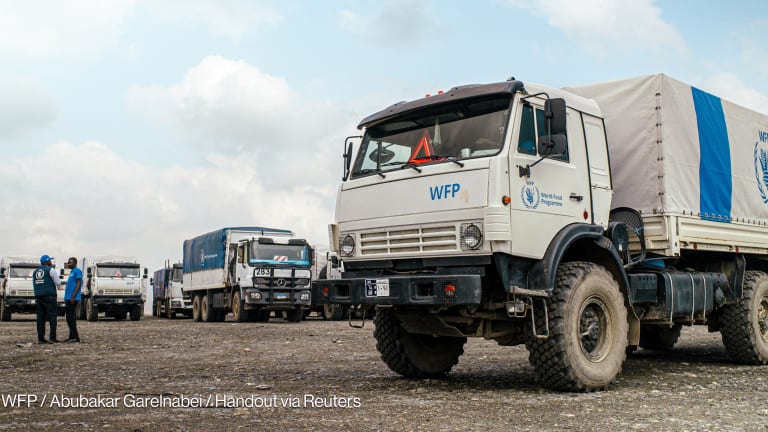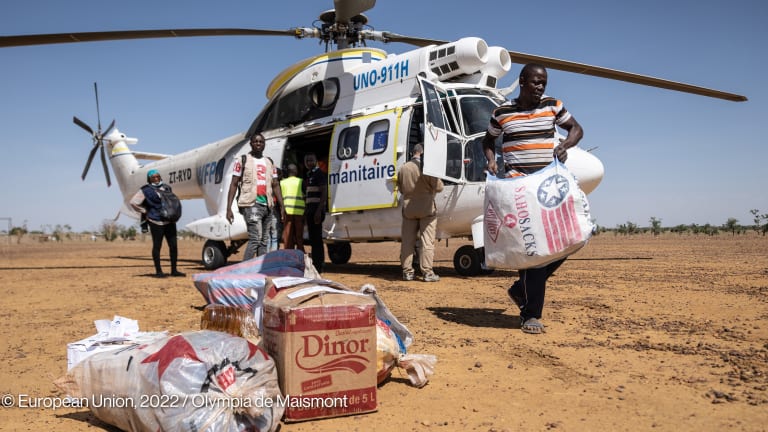Leaders in the international aid community said famine existed during the war in northern Ethiopia without the necessary food insecurity data to underpin it, according to former World Food Programme country director for Ethiopia Steven Were Omamo.
“Without doubt, there was deep food insecurity in Tigray. But there was no evidence of famine,” he wrote in a recently published book, speculating that famine was used to tap into the “multi-billion-dollar hunger industry” or as a “colonial paternalistic” urge for the global community to “feel good” about itself for averting it.
The polarized conflict in Ethiopia has been marred by scarce information, misinformation, and self-censoring as humanitarian workers faced government backlash, which included organization suspensions and expulsion of senior United Nations officials.








